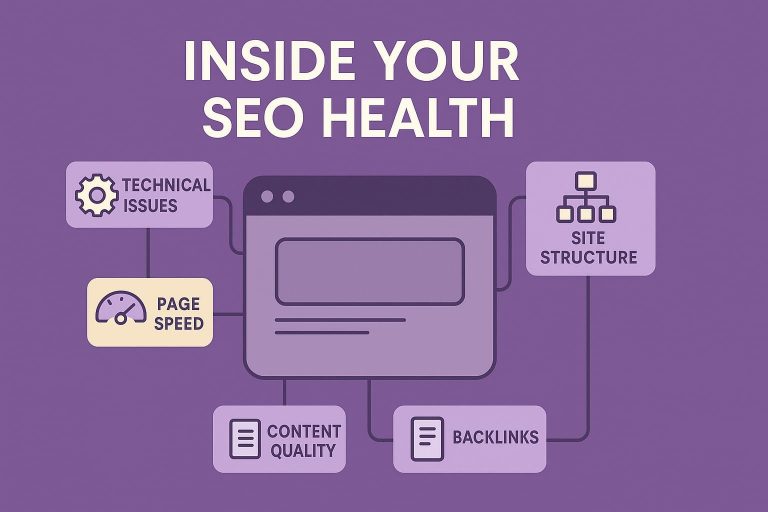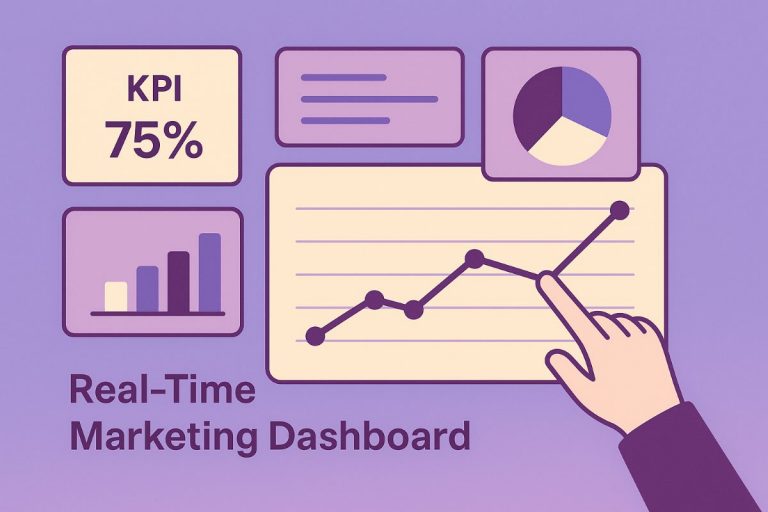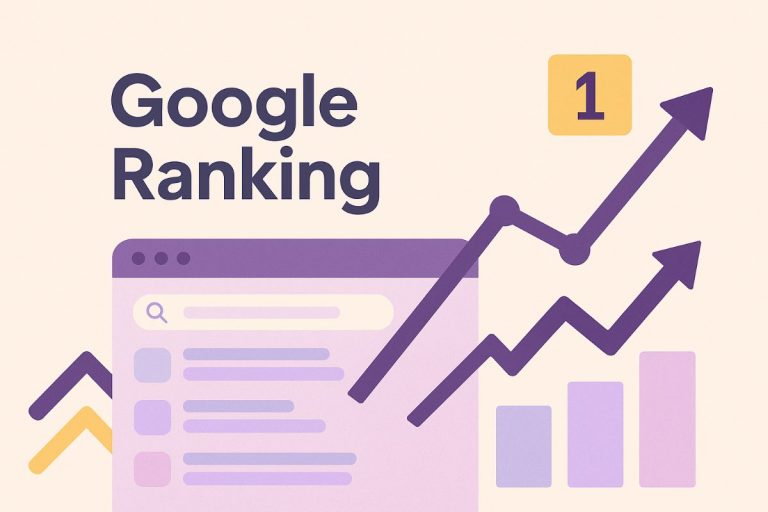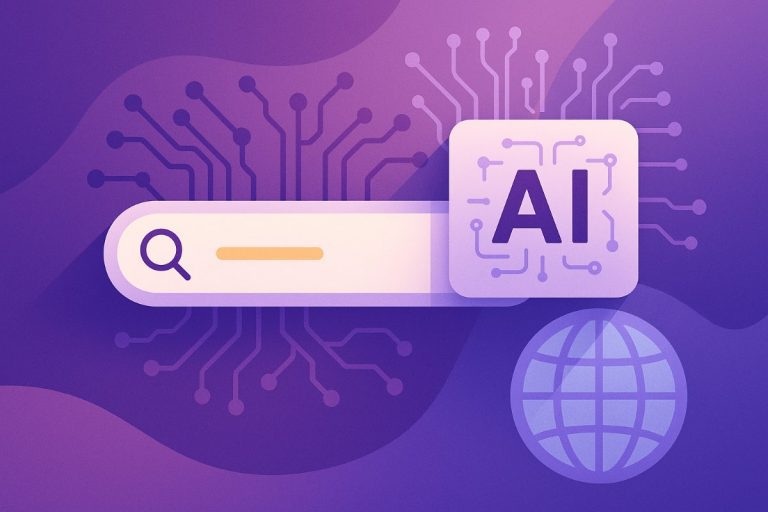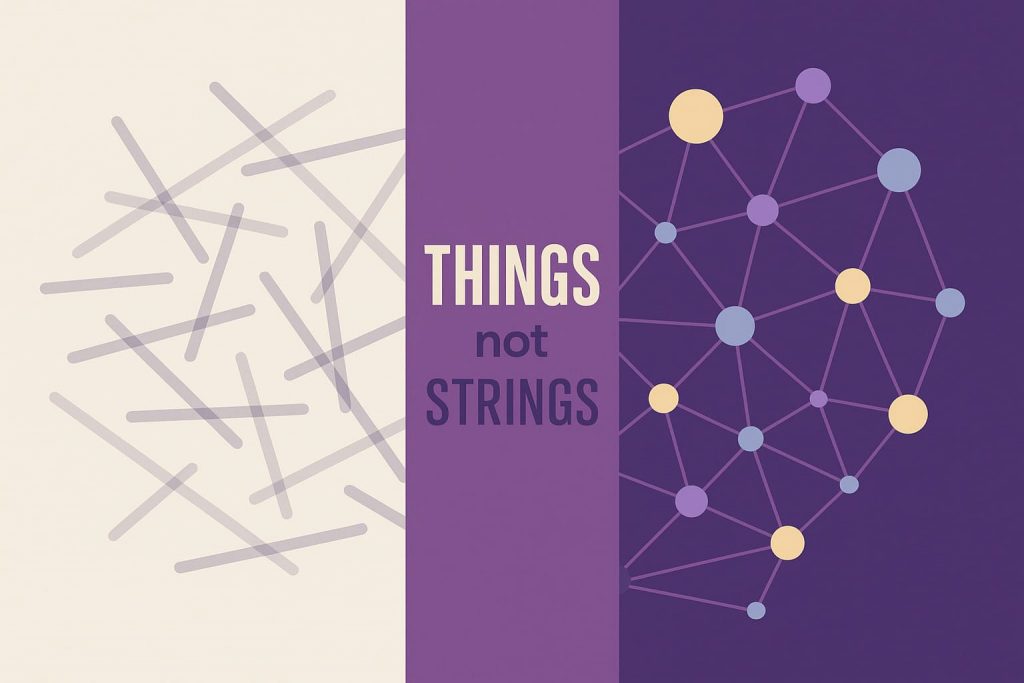
- What Are Entities in SEO?
- The Evolution from Keywords to Entities
- Understanding Entity Types and Properties
- How Google Uses Entities in Search
- Google's Knowledge Graph Explained
- Entity Recognition and Natural Language Processing
- Three Types of Data Structures Google Uses
- Why Entity SEO Matters for Your Website
- Entity SEO for Various Search Features
- How to Find and Target Relevant Entities
- Using Wikipedia as an Entity SEO Framework
- Practical Entity Optimization Strategies
- Using Schema Markup for Entity Recognition
- Creating Entity-Rich Content
- Building Entity Relationships Through Internal Linking
- Entity Disambiguation Strategies
- Measuring Entity SEO Success
- Entities, AI, and the Future of SEO
- How AI Search Tools Use Entities
- Frequently Asked Questions About Entity SEO
You’ve optimized every keyword, built backlinks, followed the rules — yet competitors keep outranking you. Here’s why: they’re playing a different game. While you optimize for keywords, Google shifted to understanding concepts. That shift? Entity-based SEO, reshaping search rankings in 2025.
What Are Entities in SEO?
Remember when “Apple” in your content could mean the fruit or the tech giant? Google couldn’t tell the difference in 2010. Today, Google’s Knowledge Graph contains about 800 billion facts about 8 billion entities, making disambiguation instantaneous.
These are distinct objects with unique identifiers — people, places, organizations, products, ideas. Think “Elon Musk” (person), “Tesla” (organization), “sustainable energy” (concept). Google recognizes these as distinct elements in seo with properties and relationships, not keyword strings.
This matters because semantic search lets Google understand intent. When someone searches “Apple stores near me,” Google knows they mean retail locations.
The Evolution from Keywords to Entities
The shift accelerated with BERT in 2019, Google’s first large-scale natural language model. BERT enabled the algorithm to interpret relationships between words within a sentence, improving how search understood longer, conversational, and question-based queries.
In 2021, the introduction of MUM (Multitask Unified Model) expanded this capability even further. MUM can process information across multiple languages and content types, connecting concepts like “electric vehicles,” “battery technology,” and “charging infrastructure” into a single semantic network. It was the first sign that Google’s understanding of topics was becoming more humanlike — relational, contextual, and cross-domain.
By 2025, most enterprise-level strategies are no longer focused solely on keywords but on concepts and topical authority. Entity-based SEO uses natural language processing to identify and link related ideas, creating a web of connections that mirrors how users — and search algorithms — think about information. A page about electric vehicles, for example, can rank for searches about battery chemistry or EV charging time without explicitly repeating those phrases, as long as the semantic relationships are clear and supported by trustworthy sources.
At the same time, Google’s AI Overviews (formerly SGE) now appear in roughly 13% of search results. These overviews rely heavily on structured understanding — context, concepts, and verified connections — to synthesize reliable summaries from multiple sources.
This ongoing evolution doesn’t replace keyword optimization; it redefines its role. Keywords remain essential entry points, but concepts and relationships now shape how meaning — and authority — are recognized in search.
Understanding Entity Types and Properties
Google’s concept classification recognizes approximately 150 distinct concept types, from Person and Location to Medical Condition and Artistic Work.
Properties and attributes define the characteristics that distinguish each concept. For “Tesla” (organization): founder (Elon Musk), headquarters (Austin, Texas), industry (automotive/energy). These attributes create unique fingerprints.
Relationship mapping connects concepts. Tesla links to Elon Musk, SpaceX, electric vehicles. Google uses these relationships for context — why Tesla articles covering charging infrastructure rank better.
How Google Uses Entities in Search
These are identified through multiple signals. Contextual language and co-occurring terms create patterns — “CEO” + “Apple” suggests Tim Cook. Structured data markup tells semantic concepts which concepts exist. External references validate information.
Entity recognition SEO affects results. “Tom Cruise movies” returns films organized by popularity from the Knowledge Graph.
Google uses these signals to identify entities:
- Contextual language and co-occurring terms.
- Structured data markup.
- External references and citations.
- User engagement patterns.
- Relationships and associations.
Optimize your content around relationships — i.e., how concepts are connected and contextualized — in order to better align with how Google understands and ranks information. However, this must be supported by clear content structure, authoritative citations, and technical signals like structured data.
Google's Knowledge Graph Explained
Google’s Knowledge Graph is the knowledge database powering concept search. Launched 2012, it stores facts about entities with mapped relationships. This knowledge graph optimization makes “things, not strings” possible.
Search “Marie Curie” — that Knowledge Panel pulls from the knowledge database showing Nobel Prizes, research field, related scientists. Each data point is a property.
Knowledge Panels represent Google’s highest confidence. The Graph connects to Wikidata, Wikipedia, and Freebase, powering featured snippets, “People also ask” boxes, and AI Overviews.
Entity Recognition and Natural Language Processing
Natural language processing and NLP in search engines identify concepts through sophisticated algorithms. Semantic salience measures how central an is — Google’s Natural Language API assigns salience scores from 0 to 1.
Semantic search optimization means structuring content so NLP in search engines easily extracts concepts. Write clearly, use proper nouns consistently, and implement schema markup.
These are identified by relationships, including antonyms. “Renewable energy” connects to “solar power” and opposes “fossil fuels.”
How Google processes text to extract entities:
- Tokenization and part-of-speech tagging.
- Named concept recognition.
- Entity disambiguation.
- Relationship extraction.
- Entity linking to Knowledge Graph.
You can test concept recognition with Google’s Natural Language API demo to see which concepts the model detects — it’s a good proxy for how Google’s NLP understands content, though not identical to Search.
Three Types of Data Structures Google Uses
Google processes three content formats with varying concept data structures. Unstructured data — plain text — requires most algorithmic interpretation. Semi-structured data includes HTML headers, lists, tables providing hierarchy clues.
Structured data using schema markup explicitly defines concept data structures and relationships. Implementing Organization, Person, and Product schema tells Google exactly what concepts exist.
Search results differ by data structure. Retail sites using Product schema see rich snippets with images, prices, ratings.
Convert unstructured information into structured concept data structures — tables, lists, schema markup improve semantic processing.
Why Entity SEO Matters for Your Website
Entity SEO offers benefits including improved ranking stability, search visibility, and alignment with Google E-A-T framework. Windows Report implemented entity-based content models and saw 61% organic growth in eight months.
Optimization benefits extend to voice search. When someone asks Alexa “Who makes the Model 3?” — answers come from semantically rich content.
Keyword vs. Entity Optimization Comparison:
| Metric | Keyword-Based Approach | Entity-Based Approach |
|---|---|---|
| Rankings | Rankings fluctuate more due to algorithm updates and keyword dependency. | More stable performance over time, as content aligns with semantic intent and topic relevance. |
| SERP Features | Typically limited to basic listings and standard snippets. | Greater potential for Knowledge Panels, featured snippets, and rich results when supported by structured data and clear concept signals. |
| Content Focus | Emphasis on term frequency and keyword density. | Focus on contextual relationships, attributes, and topic depth; builds semantic coverage across related concepts. |
| Voice Search | Often limited success — keyword targeting rarely matches conversational phrasing. | Higher match rate with natural language and structured answers (FAQ, HowTo schema, etc.). |
| User Signals | Engagement can vary due to mismatched intent or over-optimized copy. | Higher engagement, CTR, and dwell time from improved relevance and intent satisfaction. |
Entity SEO for Various Search Features
This approach affects multiple search features. Image Search relies on concept recognition — properly tagged “MacBook Pro” images with contextual text outrank generic “laptop” images.
Google Discover uses relationships for recommendations. People Also Ask boxes pull from semantically rich content. Featured snippets favor entity-optimized content with clear definitions and proper HTML structure.
Entity recognition impacts every search feature where Google needs to understand what content is about.
How to Find and Target Relevant Entities
Identifying and researching these elements starts with competitor analysis. Use Semrush or Ahrefs to identify which key concepts competitors rank for.
Google’s Natural Language API offers free semantic extraction. Run content through the NLP API to see identification results with high salience.
Wikipedia structure reveals essential key concepts. Study articles on core topics — what concepts appear, what relationships are mapped.
Entity research tools and techniques:
- Google’s Natural Language API demo.
- Wikipedia article structure analysis.
- Knowledge Panel examination.
- “People also ask” questions.
- Related concepts in SERPs.
- Google image recognition for visual concepts.
- Semantic extraction tools like Inlinks or Wikidata.
Build comprehensive semantic maps before writing, ensuring you cover primary concepts and relationships.
Using Wikipedia as an Entity SEO Framework
Wikipedia represents the gold standard for concept framework and content structure. Want to structure “blockchain technology” content? Study the Wikipedia article — it covers definition, history, structure, types. That’s your Wikipedia concept framework approach.
For topic expansion and knowledge vault optimization, follow Wikipedia’s related concept links. The blockchain article links to “cryptocurrency,” “distributed ledger” — all related concepts deserving coverage.
Writing about “electric vehicles” using Wikipedia means covering “battery technology,” “charging infrastructure,” major manufacturers. Wikipedia’s content structure reveals which concepts matter most.
Practical Entity Optimization Strategies
Start with semantic-first planning for semantically focused content. Map your primary concept and 5-10 related concepts. For “content marketing,” related concepts include “SEO,” “social media,” “audience research.”
Structure semantically focused content with clear relationships using H2/H3 hierarchy. Each major concept gets definition, attributes, relationships. Use descriptive anchor text for contextual optimization.
Implement schema markup for well-defined concepts — many case studies (including from Schema App) report improved CTR, visibility, and traffic gains after proper structured data deployment, though actual uplift varies by industry, content quality, and implementation.
Create dedicated concept pages for core concepts. Build comprehensive pages covering concepts completely, then link from related content.
Step-by-step optimization techniques:
- Identify your primary and related concepts.
- Structure content with clear relationships.
- Implement appropriate schema markup.
- Create dedicated concept pages for key concepts.
- Develop internal linking strategies based on relationships.
- Optimize for semantic co-occurrence patterns.
- Build external validation through authoritative references.
At Lead Craft, our enterprise SEO services are built on semantic-first strategies. As a leading digital marketing agency, we’ve helped clients achieve measurable growth by restructuring content around strategic relationships. Our data-driven approach ensures content aligns with how Google ranks information, delivering long-term visibility and qualified traffic.
Using Schema Markup for Entity Recognition
Schema markup for concepts is your direct communication with search engines for entity-based seo. Three most effective types: Organization schema, Person schema, and Product schema for concept tagging.
Simplified Organization schema example:
{
“@context”: “https://schema.org”,
“@type”: “Organization”,
“name”: “Lead Craft”,
“url”: “https://lead-craft.com”,
“sameAs”: [“https://linkedin.com/company/leadcraft”]
}
Common mistakes include incorrect property values and failing to connect related concepts (Person schema should link to Organization via “worksFor”).
Tools like Google’s Rich Results Test validate implementation. Schema App automates deployment for enterprise sites.
Creating Entity-Rich Content
Balance SEO needs with user experience through optimization. Introduce primary concepts in opening paragraphs — mention “machine learning” within the first 100 words when that’s your target for semantic content creation.
Use natural variations. “Machine learning,” “ML algorithms,” “automated learning systems” — Google understands they reference the same entity.
Before/after example: “Our software helps businesses” becomes entity-rich: “Our CRM helps B2B SaaS companies manage sales pipelines.” Notice entities: CRM, B2B, SaaS, sales pipelines.
Train content teams to think in entities: “What concepts, people, organizations am I explaining?” instead of “Which keywords am I targeting?”
Building Entity Relationships Through Internal Linking
Internal linking strategy goes beyond keyword matching. Create “semantic clusters” where related pages link with descriptive anchor text reinforcing relationships.
Your “Content Marketing” page should link to “SEO,” “Social Media Strategy,” “Email Marketing” using anchor text like “integrating SEO with content marketing” or “content distribution through social media.” This relationship mapping helps Google understand concept connections.
Hub-and-spoke model works well: create comprehensive pillar pages for primary concepts, then spoke pages covering subtopics that link back to the hub and each other.
Entity Disambiguation Strategies
Entity disambiguation ensures Google correctly identifies your distinct concepts. If your company is “Apple Tree Services” (landscaping), distinguish it from Apple Inc.
Strategies include consistent concept naming, clear context in first mention (“Apple Tree Services, a Dallas-based landscaping company”), implementing LocalBusiness schema with geographic properties.
Geographic disambiguation helps local businesses: “Phoenix Web Design” needs city context, location schema, and Google Business Profile optimization to distinguish from competitors.
Measuring Entity SEO Success
Measuring optimization success differs from traditional rankings. Track Knowledge Panel appearances — has Google generated panels for your brand? This signals strong concept recognition.
Monitor featured snippet performance for semantic queries. Capturing snippets for “What is [entity]” queries indicates working optimization.
Topical authority signals include authoritative external mentions, Wikipedia entries, appearances in AI-generated answers, and consistent schema validation.
For local businesses, track local pack appearances, Google Business Profile insights, and citation consistency across directories — all topical authority signals.
Long-term benefit: entity-optimized sites show stable rankings across algorithm updates. When Google understands your topical authority, individual keyword fluctuations matter less.
Entities, AI, and the Future of SEO
AI content flooded the web in 2024, but optimization matters more than ever as a differentiator. Generic AI content lacks depth on relationships. Content demonstrating genuine topical expertise stands out.
Google’s BERT and subsequent updates emphasize understanding concepts and semantic context alongside keywords. As of early 2025, AI Overviews appear in roughly 13 % of Google searches and rely on semantic understanding — including entity recognition — to synthesize information.
The misconception that “AI makes SEO obsolete” misses this: AI search tools need semantically rich content for accurate responses. Your entity-optimized content becomes the source material AI tools cite.
Invest in optimization now. As search becomes AI-driven, semantic content provides the foundation these systems need for the future of concept search.
How AI Search Tools Use Entities
ChatGPT, Claude, Gemini, and other LLM concept search tools process and prioritize concepts in responses. They identify types, extract relationships, and understand attributes through semantic search algorithms.
Traditional search returns page links; AI tools synthesize answers from multiple entity-rich sources using contextual optimization. Both rely on concept recognition for context and relevance.
Optimizing for AI citations and semantic content means structuring information for easy semantic extraction — using clear headings, concise definitions, schema markup, and authoritative sources. Early research and industry data suggest that well-structured, semantically clear content is more likely to be cited by AI systems.
As search evolves toward AI-driven experiences, semantic search optimization remains valuable because it creates the structured, understandable content these systems require.
Frequently Asked Questions About Entity SEO
What is an in SEO?
An is any distinct, uniquely identifiable concept search engines recognize — people, places, organizations, products, ideas. Entities have properties and relationships, allowing search engines to understand meaning beyond keywords.
What is the difference between keyword and entity?
Keywords are words users search for. Entities are concepts keywords represent. “Apple” is a keyword referencing multiple entities: Apple Inc., apple fruit, or Apple Records. Entity-based SEO focuses on concepts and relationships, not keyword strings.
How do concepts work in search ranking?
Google identifies concepts in content, maps relationships, compares topical coverage to Knowledge Graph data, assesses semantic salience, then ranks content partly based on comprehensive semantic understanding and topical authority.
How to optimize for entities?
Identify primary and related concepts, structure content covering attributes and relationships, implement schema markup, create internal linking based on concept connections, and build authoritative content demonstrating topical expertise.
How does entity-based SEO work?
Entity-based SEO aligns content with how Google understands information through its Knowledge Graph. Rather than optimizing for keywords, you optimize for comprehensive topical coverage, clear relationships, and structured data helping search engines recognize your content’s meaning.














 442
442  7 min
7 min




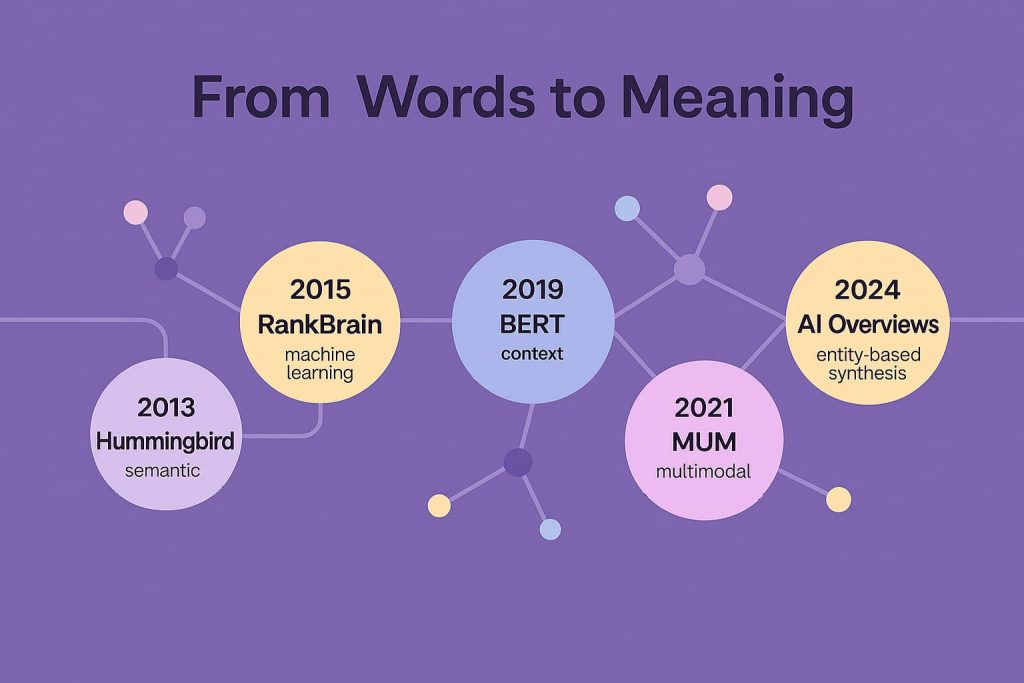
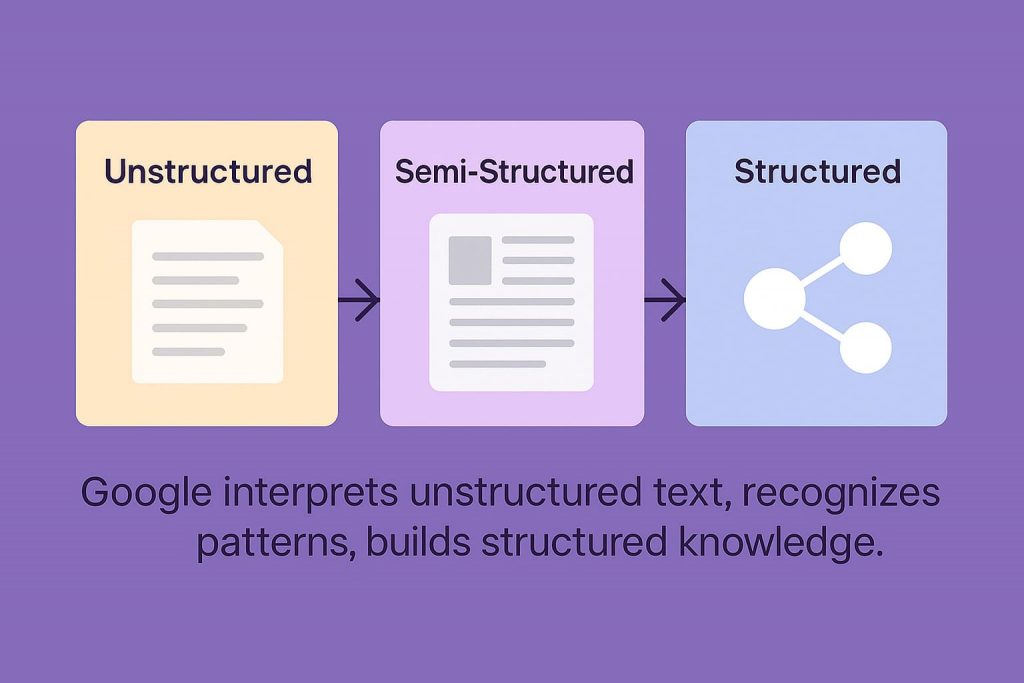
 Share
Share
 X
X
 LinkedIn
LinkedIn













